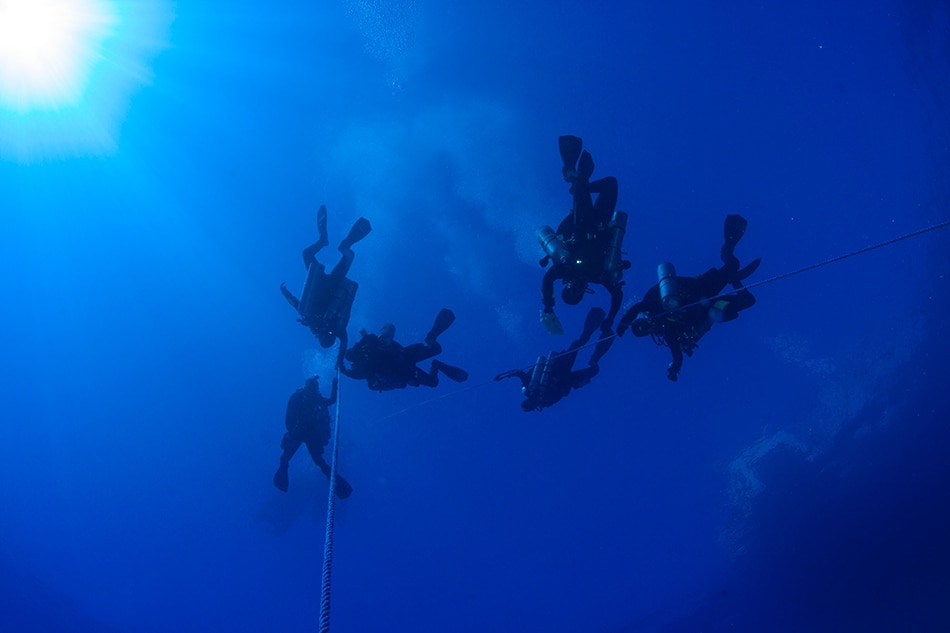How Benham Rise was won
PH invested over P100-M in multi-agency effort to claim this continental shelf
MANILA - The Philippines spent more than P100 million on a multi-agency effort to assert the country’s claim over Benham Rise.
This is according to Dr. Mahar Lagmay, a professor at the University of the Philippines-National Institute of Geological Sciences, and a scientist who was part of the team that argued for the country’s claims before a United Nations commission.
Lagmay recalled how it was a “very difficult” effort for the Philippines to present its claims over Benham Rise since it required a lot of geological work and political will.
“We invested hundreds of millions in that effort to claim the Benham Rise,” Lagmay told ANC’s “Early Edition.”
Members of the team who worked on the country’s claims over Benham Rise came from the Department of Foreign Affairs, Department of Justice, National Security Council, National Institute of Geological Sciences, UP College of Law, and the National Mapping and Resource Information Authority, Lagmay said.
The country's claim to Benham Rise, a 13-million-hectare area located east of Luzon island believed to be gas-rich, was approved by the United Nations in 2012.
The undersea plateau recently made headlines after Chinese foreign ministry spokesperson Geng Shuang confirmed that Chinese vessels recently passed through Benham Rise for "marine research," but insisted this was only in exercise of the principle of "freedom of navigation" and "right to innocent passage."
Defense Secretary Delfin Lorenzana said Chinese ships had no business in those waters and that their prolonged stay was not merely an “innocent passage."
Lagmay stressed the importance of Manila's claim over Benham Rise since it was an argument won using only pen and paper.
“Every word that I had to say was prepared by the team and it was very important that I have to say it in a very clear voice, very accurately worded per word because that commission meeting was a very important meeting because it was a claim that we won without using guns and bullets,” he said.
According to Lagmay, the argument that they used was a “morphological connection” to assert the country’s claims to the extended continental shelf.
“The Philippine team was able to demonstrate that there’s a connection of Philippine land territory under sea or seabed, there’s a connection between the Luzon island and the Benham Rise and from there, we used the Benham Rise to extend our claim beyond 200 nautical miles,” Lagmay said.
“The land is connected to the mass at the ocean floor which is Benham Rise. The connection is through Palanan saddle and Bicol saddle. From Bicol, if you lower the sea level, there will be a bridge, a connection of the land mass of Bicol and Benham Rise. That’s the same with the Palanan,” he added.
And while Lagmay argued that the Phiilippines has the right to claim and exploit the resources in Benham Rise, he also believes that the country should be open to joint explorations with scientists from around the world.
“Science and knowledge does not really recognize administrative boundaries. Whatever knowledge we generate from scientific research benefits mankind so we should be open to collaborate with other scientists from all over the world for us to be able to understand the world we live in,” he said.

No comments:
Post a Comment